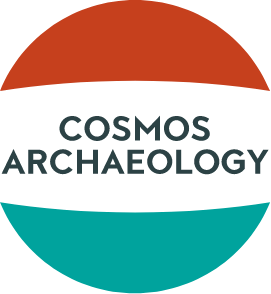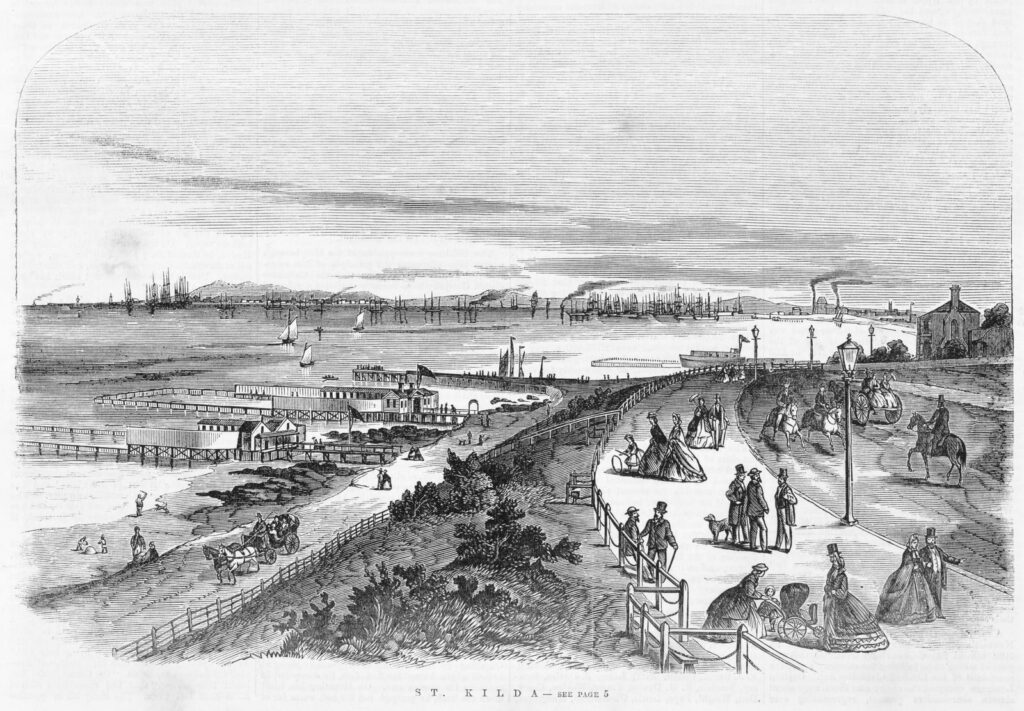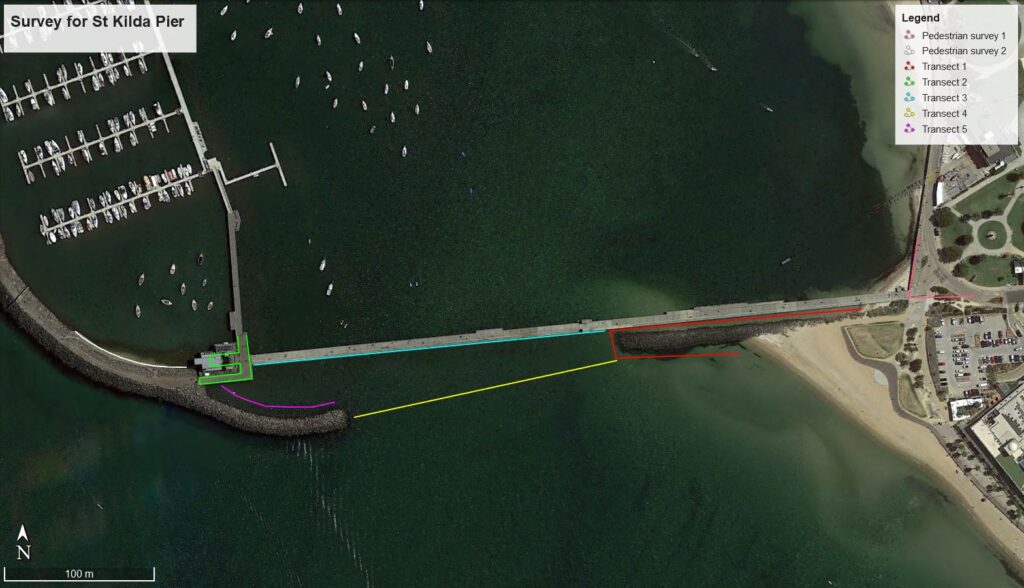Keeping Up A-pier-ances
By Tara Chilcott
September 28, 2021
When it comes to Melbourne landmarks, few are as picturesque or nostalgic as the St Kilda Pier. Commanding sweeping views across Port Philip Bay, the pier holds a special place in the hearts of Melburnians and visitors alike. Featuring the iconic St Kilda pavilion, the pier has provided the perfect backdrop for fishing, strolling and cycling for nearly 150 years.
The history of the pier began in 1853 when a joint stock company known as the St Kilda Pier & Jetty Company was formed in anticipation of the profit its promoters expected to receive from pier dues, paid by the owners of boats bringing timber and building materials to St Kilda, and also on dues paid for the right to load firewood onto the boats for their return journey to Melbourne. When the pier was built, it consisted of wood palisading, infilled with earth, which formed an embankment leading to a small pier. Not long after it was built, the pier was washed away during a storm, along with part of the embankment. It was replaced by a timber structure in 1855, which would form the footprint of the pier we know today. Throughout its life, the pier has been upgraded and lengthened numerous times, including major works in the 1970s, when the timber pier was completely replaced by concrete.
Today, the St Kilda Pier’s structural condition is deteriorating rapidly, as it nears the end of its 50-year design life. In response, Parks Victoria in conjunction with the Department of Transport have commenced the St Kilda Pier Redevelopment Project, and Cosmos Archaeology was tasked with providing a Maritime Archaeological Impact Assessment of the works.
To achieve this, the team carried out a desktop review and field survey of the pier, and the surrounding locations of proposed works, to identify known sites, establish archaeological potential and assess the potential impacts to maritime heritage sites.
In June 2021, a dive inspection was undertaken to better understand what artefacts may exist on the seafloor around the pier structure. Interestingly, the team identified numerous piles and timber scatters still remaining on the seabed along the alignment of the existing concrete pier. Extensive remains from earlier phases of the pier were recorded adjacent and parallel (to the south) of the existing pier. It is likely that remains of the earliest phases of the pier exist under the current stone groyne. These archaeological remains associated with the original St Kilda Pier have been assessed as having high archaeological significance at a local level.
Construction of the new pier is scheduled to begin in late 2021 and will take approximately 18-24 months to complete. The new pier will feature a distinctive curved design, rather than a like-for-like replacement of the original straight pier.



